A car chassis is carry by 4 wheels and 4 shock absorbers. When driving on bumpy road, the shock of impact will be absorb by shock absorber, however if the chassis is not strong enough to support the shock absorber, the shock of impact will not all absorb by shock absorber but by chassis, causing chassis flex. Same thing happen when make a turn on corner, chassis will be twisted by the force of weight transfer. Therefore, the handling will be rough and hard to predict the movement of car.
To soft the chassis flex problem and improve the handling, the Ultra Racing’s chassis strengthen parts is born, we will explain how this product works on you car. The stronger chassis, the better handling.
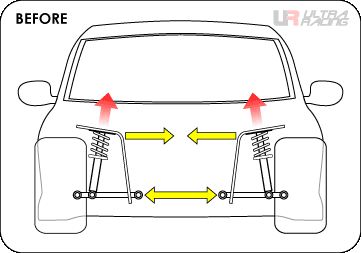
BEFORE :Part of the shock of impact transfer to the chassis, causing wheel house and lower arm deforming.
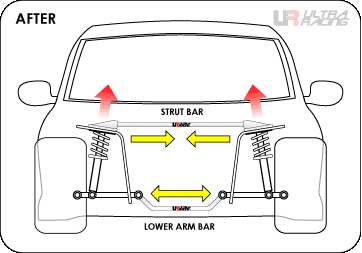
AFTER :Equip with the Ultra Racing’s strut bar and lower arm bar, both side shock of impact will be neutralized.
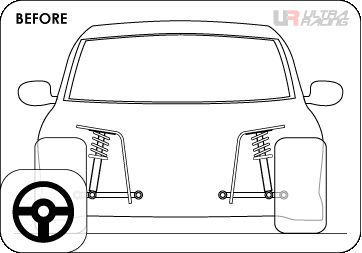
BEFORE :The weight transfer and force gathering on one side, causing unstable handling and increasing body roll.
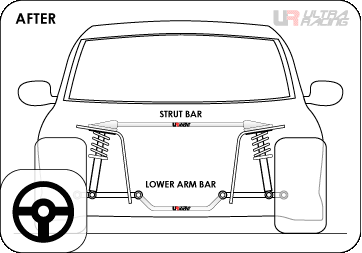
AFTER :The force will spread out by Ultra Racing’s strut bar and lower arm bar, stabilize the car and provide solid handling.
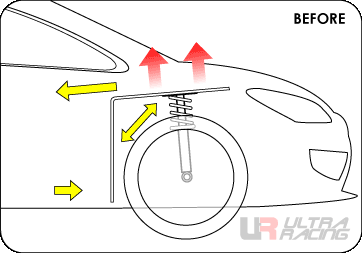
BEFORE :The joint between A-pillar and front chassis will be push and twist by the greater shock of impact and drag force, causing damage on chassis.
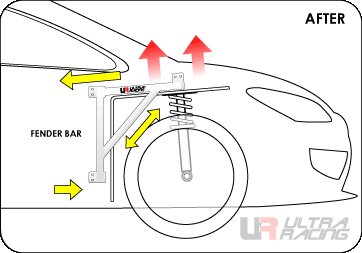
AFTER :Ultra Racing’s Fender bar will spread out the force and strengthen the section, prevent further damage and offer stable handling. Recommend for user of sport absorber
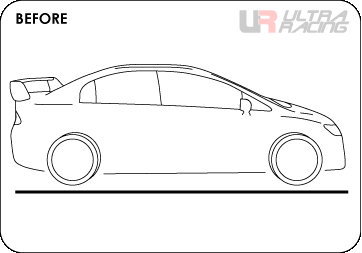
BEFORE :On uneven / bumpy road, center section chassis will have different level of body flex cause by the weight transfer between front and rear.
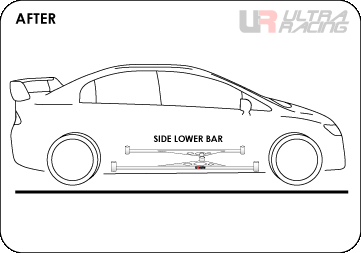
AFTER :Ultra Racing’s side lower bar will stabilize the weight transfer between front and rear, it can also minimize the damage from side impact.
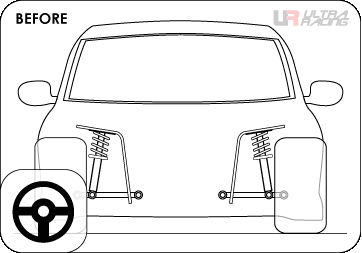
BEFORE :When turning in corner, the weight transfer will make the car sway a side, causing body roll and more difficult to turn in to a corner, weaken the steering respond.
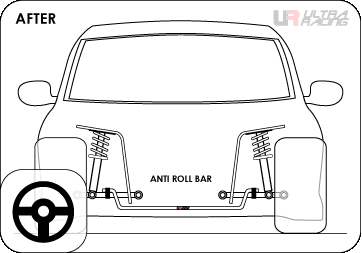
AFTER :The upgrade version of Ultra Racing’s anti roll bar will be more effectively preventing the car sway a side at cornering, greatly reduce body roll and high stability in cornering
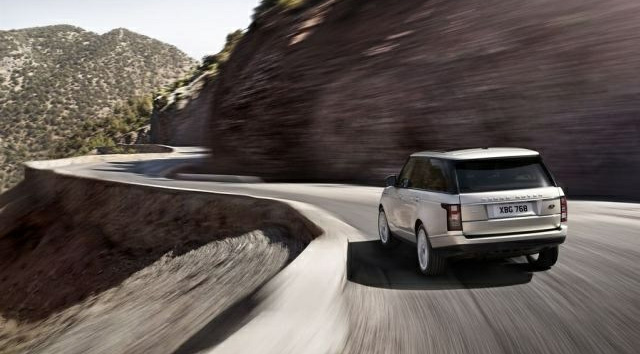 What is vehicle handling?
What is vehicle handling?
Vehicle handling is a way of depiction of the way wheeled vehicles executing transverse to their direction of proceedings, especially during cornering including their stability when moving in a straight line. Handling is an esoteric presentation area since swift and strong maneuvers are frequently used in unexpected circumstances.

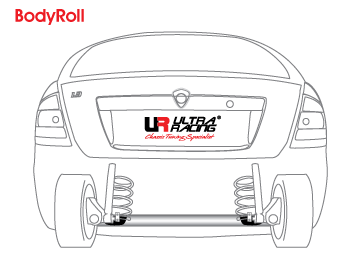
What affects handling?
When any of the wheels loses contact with the road surface, there will be a deviate in handling; each of the suspension system should keep all wheels on the road surface in spite of hard cornering and in change of steering position. It’s always pleasing that that car can be set for a tiny amount of understeer so that it responds predictably to a turn of a steering wheel and the rear wheels to have a smaller dip angle than the front wheels. However this may not be achievable at all times due to the vehicle load, road condition, weather, speed and this consumes excessive time for the driver to adopt.
——————————————————- The most general handling failures are as below: ——————————————————-
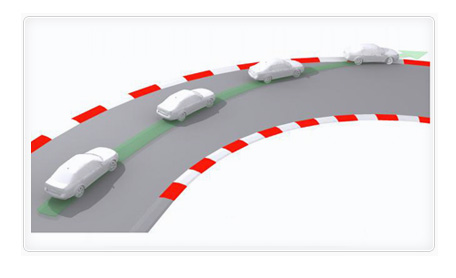 Understeer
Understeer
The front wheels are likely to slip towards outside of the turn angle, driver can solve it by turning a little more slightly but the handling is reduced, vehicle’s behavior is less predictable and tires are likely to worn out faster. Understeer often occurs in front wheel drive layout vehicles.
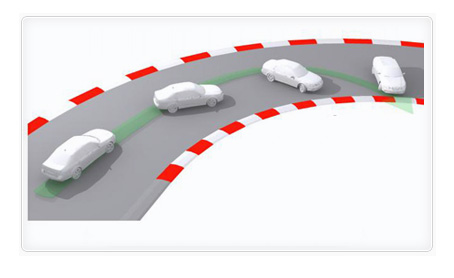 Oversteer
Oversteer
The rear wheels are likely to slide towards the outside of the turn more than the front. The driver must correct by steering away from the corner otherwise the vehicle will tend to spin when it has been pushed to its limit. Oversteer often occurs in rear wheel drive layout vehicles.



